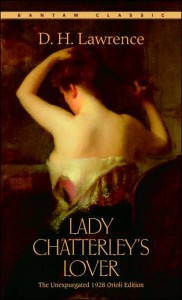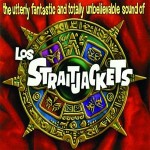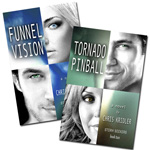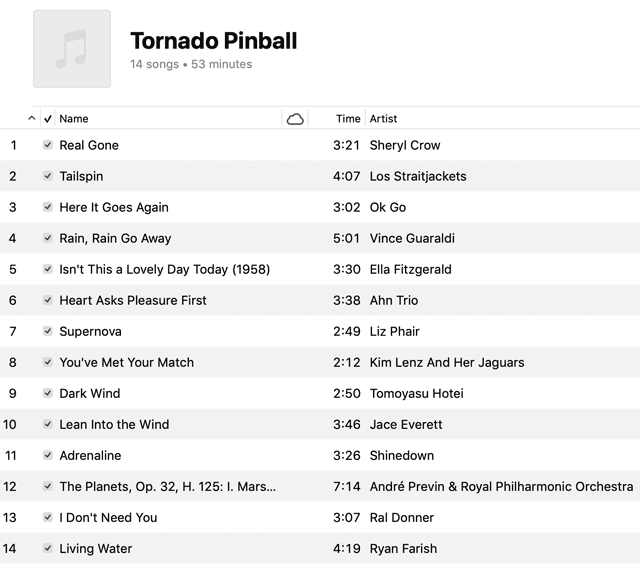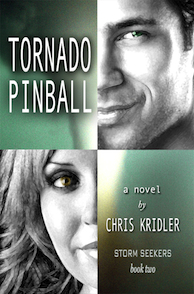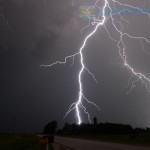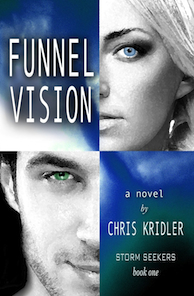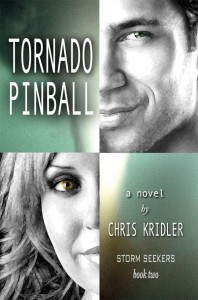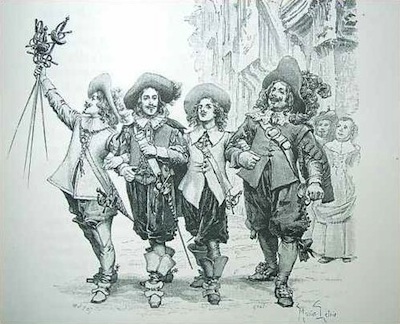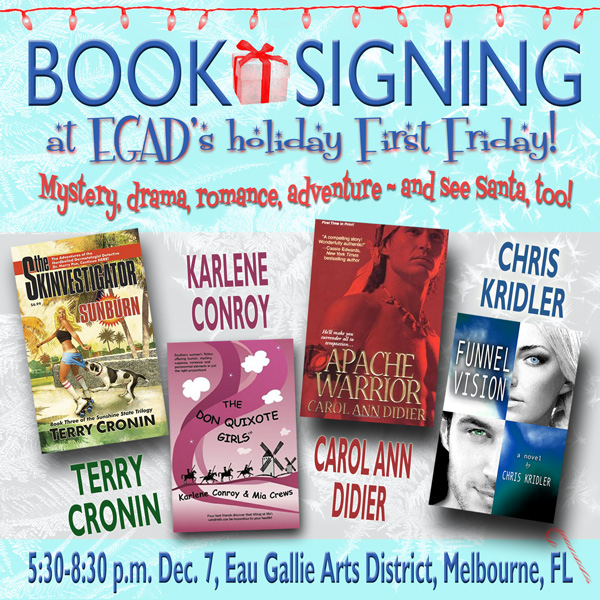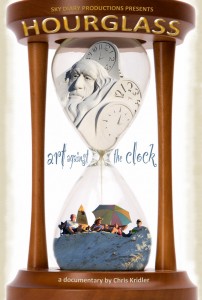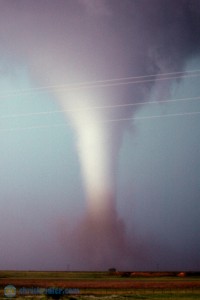The line between erotica and the rest of fiction keeps blurring with the advent of such genres as New Adult and the mainstreaming of sexy books. While this phenomenon doesn’t mean that all books are trending toward the titillating, it does make a writer stop and think about how to write such scenes better.

It doesn’t pay to be coy. (Painting by Sir Lawrence Alma-Tadema)
Even if your writing hasn’t strayed that far into the bedroom, at some point you have to face the question of whether and how to write a sex scene. Such scenes are difficult to do well and even more difficult to craft objectively, given their nature — for, done well, they are intimate not just physically, but emotionally.
Sex scenes have always been around, in various states of undress and literary merit. I’m a proponent of the idea that a great book is a great book, no matter what its genre, but great sensual books are scarce. A lot of them are hilariously formulaic; have you seen Siren’s publication guidelines? Some sex scenes are intentionally silly; others are robotic, awkward, or drunk with kooky metaphors. As a reader, I’ve found consuming books labeled erotica is a lot like eating french fries. Soon after, I feel undernourished and slightly guilty for not ordering a salad. I want substance with my sensuality. Combining the two makes for a more powerful reading experience.
The challenge any writer faces when dealing with physical intimacy in a story is meeting his or her goals in terms of what he/she’s trying to deliver. If you want to write a searingly erotic novel that also is a compelling exploration of theme and character, you’re a rare writer (and probably someone I want to read). If you just throw sex scenes into your book because you think it’s something the reader wants, but you aren’t really inhabiting the scenes in any meaningful way, then you’re not fulfilling the story’s potential. Or maybe you deliberately write “clean” for a certain kind of audience, and that’s a choice, too. Whatever your choice, you need to write to your comfort level, as long as it’s not holding you back as a writer.
I want a novel to nourish my soul and entertain me, and I want to write that way, too. I have that English-major (slash-journalism-major) background that compels me to impart a story with what I hope are literary themes and values, even if there’s a good deal of plot and, to get back to the point, some sex. I don’t see sex scenes as some sort of hot lava cake served with a fish-and-broccoli dinner (to abuse the food metaphor further) just to make it more mouth-watering. Sex scenes offer an opportunity to advance the characters and their relationships, to illuminate their expectations and ability to communicate with others, and to immerse the reader inside their heads. Sexual encounters, whether good or ill, are among the most intimate and powerful experiences people can have, thus they are invaluable fodder for a writer who wants to pull the reader as, ahem, deeply into the characters as possible.
There’s a broad range of stories that use intimate scenes well and creatively. In literary history, perhaps the most lauded sensual novel is D.H. Lawrence’s “Lady Chatterley’s Lover,” which was published privately in 1928 but wasn’t published openly in the U.K. until 1960 because of its forbidden words and sexy scenes (says Wikipedia). Compared with today’s erotica, now perhaps unfortunately defined by “Fifty Shades,” it seems ridiculously tame. I find Lawrence much more meaningful than most of what passes as erotica, as he deals with themes of balancing mind and body and transcending class. Of course, books don’t have to be on a college syllabus to get sex right, and usually aren’t; note the well-written popular romance novels of Roxanne St. Claire, whose books have indubitably hot sex scenes that are crucial to her characters’ inner turmoil and eventual commitment to each other.
There’s certainly no need to justify sex scenes, but I’m not crazy about bad ones. As writers, we should strive to make them great. My novels are about a whole lot more than sex, but they contain sex scenes; I hope they’re memorable, but they are only about three percent of the latest book. They’re part of the story because sex scenes help illuminate relationships. Connections between people – including missed connections – offer ways for individual characters to learn about themselves. Still, like most of us, I worry about getting the writing right. I’ve been a little surprised, if not discomfited, by readers’ reactions to the sex scenes in my newest novel. I’ll gratefully accept descriptors of “steamy” and “sizzling,” but I don’t want those scenes to define or unbalance the rest of the book.
I think all writers gain perspective on their book in subsequent drafts, but intimate scenes can be among the most difficult to look at with objectivity. Total objectivity can leach them of spontaneity and emotion. Yet I tweak those scenes endlessly to shape their rhythm and meaning, in hopes the reader will experience the shifting feelings between the characters and their inner justifications and thoughts, as well as their primal yearnings. A beta reader, writers’ group or editor can help you identify when these scenes go off the rails, or if something strikes a sour note. Sometimes that reader will help you hear the little bell that was ringing in your subconscious, telling you something wasn’t quite right. Intimate scenes are just one more reason to have that kind of feedback on your work.
If you’re a writer who’s really uncomfortable with sex scenes but wants to pen them anyway, having an honest editor is all the more important. She can help you with tone and help you see how the scene can advance your story. You need someone to give you advice who is going to be really frank with you and isn’t afraid to talk about stuff. You know, sex stuff. If you can talk about it, you can write about it. Do a little research. Opinions from the opposite sex wouldn’t hurt, either. I’m certainly not going to dictate how to write a sex scene, but I do know that sharing it before publication, while possibly painful and embarrassing, can be extremely helpful . . . even if using a certain word in my writers’ group prompted hooting and hollering and an extensive discussion of hysterically weird euphemisms for the male organ (“bawdle” was one of that evening’s inventions).
How would you label your novel’s sexual content? Does it define your book as erotica? Or does it shape the story’s drama, literary theme or romance? Is it a throwaway moment in a thriller? Not the latter, I hope. Readers will approach your scene with varying expectations, and, let’s face it, their very personal tastes will help shape their reactions, whatever you write. But whatever the intimate scene may be, as a writer, don’t throw it away. Make it meaningful and important, because it is.
Further reading:
For nitty-gritty, humorous advice on writing sex scenes, check out Delilah S. Dawson’s post at Terrible Minds.
For a hilarious Twitter discussion of ridiculous places characters have had sex (please, for F’s sake, don’t put them on a horse), see this post from Smart Bitches’ Sarah Wendell on Storify.
And feel better after reading The Guardian’s excerpts from its nominees for the Bad Sex in writing award, 2012.

